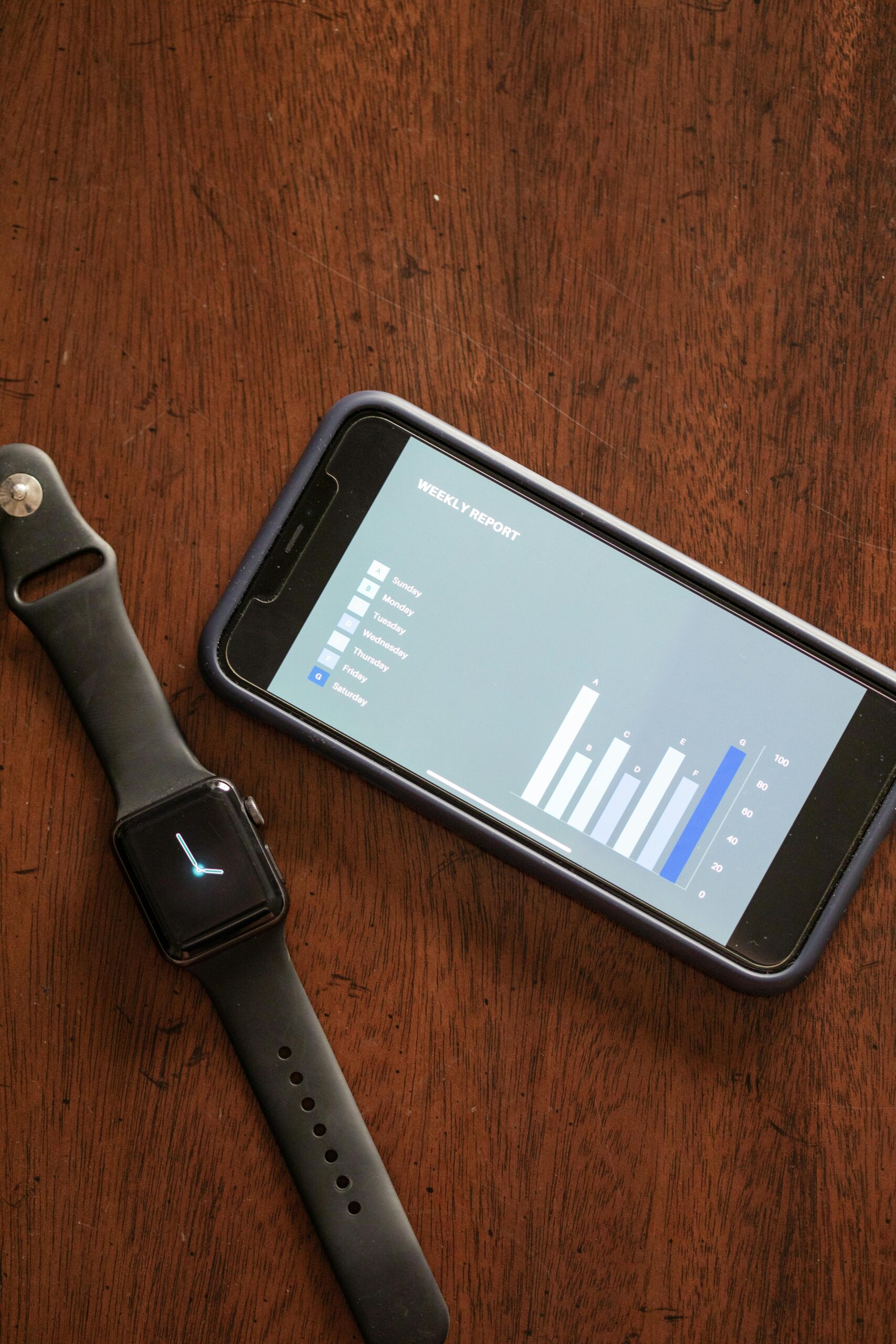Wearable technology has evolved from niche gadgets to integral components of daily life, reshaping how we interact with health, work, and entertainment. This article explores the growing integration of wearable tech across industries, emphasizing its transformative potential. From fitness trackers to augmented reality glasses, these devices are not just accessories but gateways to personalized data, enhanced productivity, and immersive experiences. As adoption surges, understanding the technical, ethical, and societal implications becomes critical. We’ll delve into how seamless connectivity, AI-driven insights, and user-centric design are driving this revolution—and what challenges lie ahead.
The Evolution of Wearable Technology
Wearables have transitioned from rudimentary pedometers to sophisticated devices embedding sensors, AI, and real-time connectivity. Early iterations focused on basic activity tracking, but modern wearables now monitor heart rate variability, blood oxygen levels, and even stress biomarkers. Innovations like smart fabrics and epidermal electronics push boundaries further, merging technology with everyday apparel. This evolution is fueled by advancements in miniaturization, battery efficiency, and 5G networks, enabling devices to process data locally while syncing seamlessly with cloud platforms. The shift from passive tracking to proactive health management underscores wearables’ growing role in preventive care and chronic disease monitoring.
Health Monitoring and Personalized Care
Wearables are revolutionizing healthcare by providing continuous, non-invasive health monitoring. Devices like ECG-enabled smartwatches detect arrhythmias, while glucose monitors empower diabetics with real-time insights. Key advancements include:
- Integration with telemedicine platforms, allowing remote patient monitoring.
- AI algorithms predicting health risks by analyzing trends in sleep, activity, and vitals.
- Biofeedback mechanisms that guide users through stress-reduction exercises.
However, accuracy and regulatory compliance remain hurdles. Clinicians increasingly rely on wearable data, but interoperability with electronic health records (EHRs) and standardization of metrics are still evolving.
Enhancing Workplace Efficiency and Safety
In industrial and corporate settings, wearables boost productivity and safety. Smart glasses with AR overlays assist technicians in complex repairs, reducing errors. Exoskeletons minimize physical strain for warehouse workers, while biometric badges track fatigue levels to prevent accidents. Examples include:
- Construction sites using vibration-sensing wearables to alert workers about hazardous equipment.
- Corporate wellness programs leveraging fitness trackers to reduce absenteeism.
Employers must balance data-driven gains with privacy concerns, ensuring transparency in how employee biometric data is collected and used.
Challenges in Data Privacy and Security
The proliferation of wearables raises critical questions about data ownership and cybersecurity. Devices collect intimate details—location, health metrics, even emotional states—making them prime targets for breaches. Key issues include:
- Lack of universal data protection standards across manufacturers.
- Potential misuse of health data by insurers or employers.
- Vulnerabilities in Bluetooth and Wi-Fi connections exploited by hackers.
Solutions like end-to-end encryption and user-controlled data-sharing frameworks are emerging, but regulatory bodies struggle to keep pace with technological advancements.
The Future of Seamless Integration
Next-generation wearables aim to dissolve the line between technology and the human body. Projects like neural interfaces and embeddable microchips promise direct brain-to-device communication. Energy-harvesting materials could eliminate charging needs, while adaptive AI will offer hyper-personalized recommendations. However, ethical dilemmas—such as equitable access and the risk of over-reliance on technology—loom large. Success hinges on collaborative innovation among tech developers, policymakers, and end-users to create sustainable, human-centered solutions.
In conclusion, wearable tech integration is reshaping lifestyles and industries, offering unprecedented opportunities for health optimization, workplace innovation, and personal empowerment. Yet, its trajectory depends on addressing privacy risks, improving interoperability, and fostering ethical design. As technology becomes more intimate, stakeholders must prioritize transparency and user agency to ensure wearables enhance—rather than complicate—the human experience. The future promises not just smarter devices, but a smarter integration of technology into the fabric of society.
